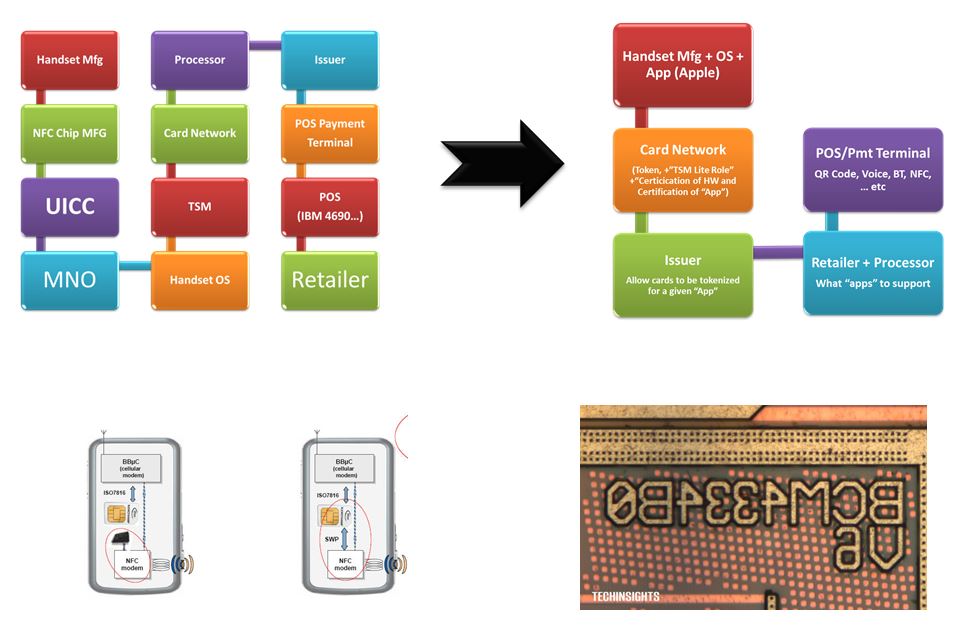Banks Need A Change in Perspective
Short bullet point blog (My issuer friends just put me on the 10 most wanted.. but I’m really trying to help).

Stimulating community discussion is the #1 reason I write this blog. The intersection of payments, banking, and technology is evolving rapidly, and I’m fortunate to engage with great minds like Dave Birch and new friends like Simon Taylor. Dave’s recent post on crypto predictions got me thinking about a topic I keep coming back to—wallets and networks.
As a former banker, I’m naturally more skeptical about FinTechs disrupting the core of banking. Consumer behavior is incredibly difficult to change, and financial services are among the most competitive industries in the world. If there’s one concept where my perspective diverges from many thought leaders, it’s the power of bank networks (read more). These networks are the foundation of financial transactions, and they continue to define the way money moves.
US Payment Infrastructure is in the midst of completing a major renovation.
Let me preempt the #1 question most of you are about to ask “are card volumes at risk”? Nope, why on earth would banks want to walk away from the most profitable retail banking product in the history of man (see Future of Retail Banking)!?
© Starpoint LLP, 2025. No part of this site, blog.starpointllp.com, may be reproduced or retransmitted, in whole or in part, in any manner without the permission of the copyright owner. Also, see our Legal/Disclaimer (this is a highly opinionated and partially informed blog).
My estimates for how US eCom market share will shift in next 3 yrs are at the end of this blog.
eCommerce is not a single monolithic market. There are many “segments” to optimize that vary by geography, retailer type, consumer device, customer type (guest vs loyal), transaction type (recurring vs new), ad type, payment type,…etc. A great source of this information is Monetate (highly recommend). For example, let’s look at conversion rates by industry, device and region.
Continue readingWhat are the core functions of a digital wallet and what will the future bring now that Apple has opened up their Secure Element (see blog)?
I’ve been writing about wallets for over 12 yrs. Let me recap some history

18 months of Revolutionary Change in How we Buy Online
Short Blog
Follow up to my June 2024 blogs – eCom Politics and Scenarios and Fastlane + FIDO Enabled Checkout. Today, we focus on the changes, what merchants are asking for, and what consumers will adopt (and when).
© Starpoint LLP, 2024. No part of this site, blog.starpointllp.com, may be reproduced or retransmitted, in whole or in part, in any manner without the permission of the copyright owner. Also see our Legal/Disclaimer (this is a highly opinionated and partially informed blog).
The Times (London) Article – May 29 2024
In January of this year, Apple offered commitments to the EU to assuage their concerns about NFC payments and mobile wallets related to the EU’s Marketplace Fairness Act (MFA—see blog). Apple’s approach follows Google’s model in Host Card Emulation (HCE—see Apple Developer Doc).
This is a big topic, and I’ll get a few things wrong. My mechanism for correcting my viewpoint is this blog, where this community gives feedback. It’s the reason I write. I won’t get into the tech weeds in this blog series. When there is a need to drill down on a standard or tech, I’ll provide a link to documents providing an overview. The insight I’m attempting to provide surrounds the evolution, economics and value chain implications of various models.
Why read this?
Identity is the key shaping force across many domains (including payments) because:
This breadth makes it challenging to sift through ID-related announcements and assess the implications. Thus, I’ve created three identity communities for my taxonomy:
These communities find alignment in technology but are working toward different end goals with significant philosophical differences across communities, particularly regarding the role of government and near-term objectives. These differences surround the definition of trust, authority and governance structure, which is the focus of today’s blog.
Notifications